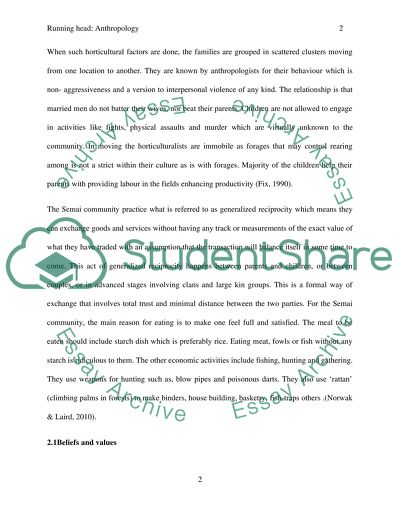Cite this document
(“SEMAI OF MALAYSIA Research Paper Example | Topics and Well Written Essays - 1750 words”, n.d.)
Retrieved from https://studentshare.org/anthropology/1444449-semai-of-malaysia
Retrieved from https://studentshare.org/anthropology/1444449-semai-of-malaysia
(SEMAI OF MALAYSIA Research Paper Example | Topics and Well Written Essays - 1750 Words)
https://studentshare.org/anthropology/1444449-semai-of-malaysia.
https://studentshare.org/anthropology/1444449-semai-of-malaysia.
“SEMAI OF MALAYSIA Research Paper Example | Topics and Well Written Essays - 1750 Words”, n.d. https://studentshare.org/anthropology/1444449-semai-of-malaysia.


